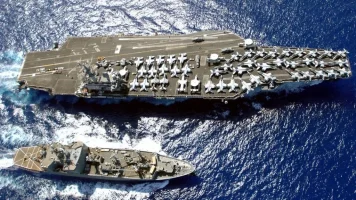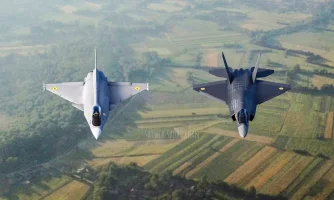- Views: 809
- Replies: 3

The Indian Navy has officially retired its fleet of Searcher MK II Unmanned Aerial Vehicles (UAVs) after 22 years of service, marking the end of an era for these short-range drones in naval operations.
A high-ranking official confirmed the de-induction, which reflects a significant shift in the Navy's UAV strategy towards platforms with greater endurance and range.
The Searcher MK II, with its limited payload capacity and range, was inducted in 2002 when Medium Altitude Long Endurance (MALE) and High Altitude Long Endurance (HALE) UAVs were not readily available or considered for naval applications. Although retired from active service, these UAVs will be kept in storage for potential reactivation if needed in the future.
The Indian Navy's decision not to directly replace the Searcher MK II with a similar class of UAV indicates a clear strategic shift. The focus is now on acquiring and deploying MALE and HALE UAVs, which offer superior endurance, range, and capabilities better suited to modern naval warfare. These advanced UAVs are essential for conducting extended surveillance, reconnaissance, and combat missions over vast maritime areas.
This transition is also driven by the Navy's need for UAVs that can operate from aircraft carriers, extending their reach beyond land-based operations. This capability is crucial for maintaining continuous maritime domain awareness and executing missions far from shore. The move towards MALE and HALE UAVs will enhance the Navy's operational flexibility, allowing for longer missions in the strategically important Indian Ocean Region.
While the Indian Navy phases out its Searcher MK II UAVs, the Indian Air Force (IAF) continues to operate over 90 of these platforms. The IAF's operational needs differ due to its broader engagement spectrum, which includes land-based surveillance and tactical operations along borders. However, the Navy's strategic pivot underscores a more specialized approach to UAV integration, prioritizing long-range maritime surveillance and power projection.
This shift signifies a broader trend in military technology adoption, where endurance, payload capacity, and multi-role capabilities are increasingly valued. The Indian Navy's focus on MALE and HALE UAVs will likely influence future procurement decisions, training programs, and operational doctrines, aligning them with the demands of contemporary naval warfare.


